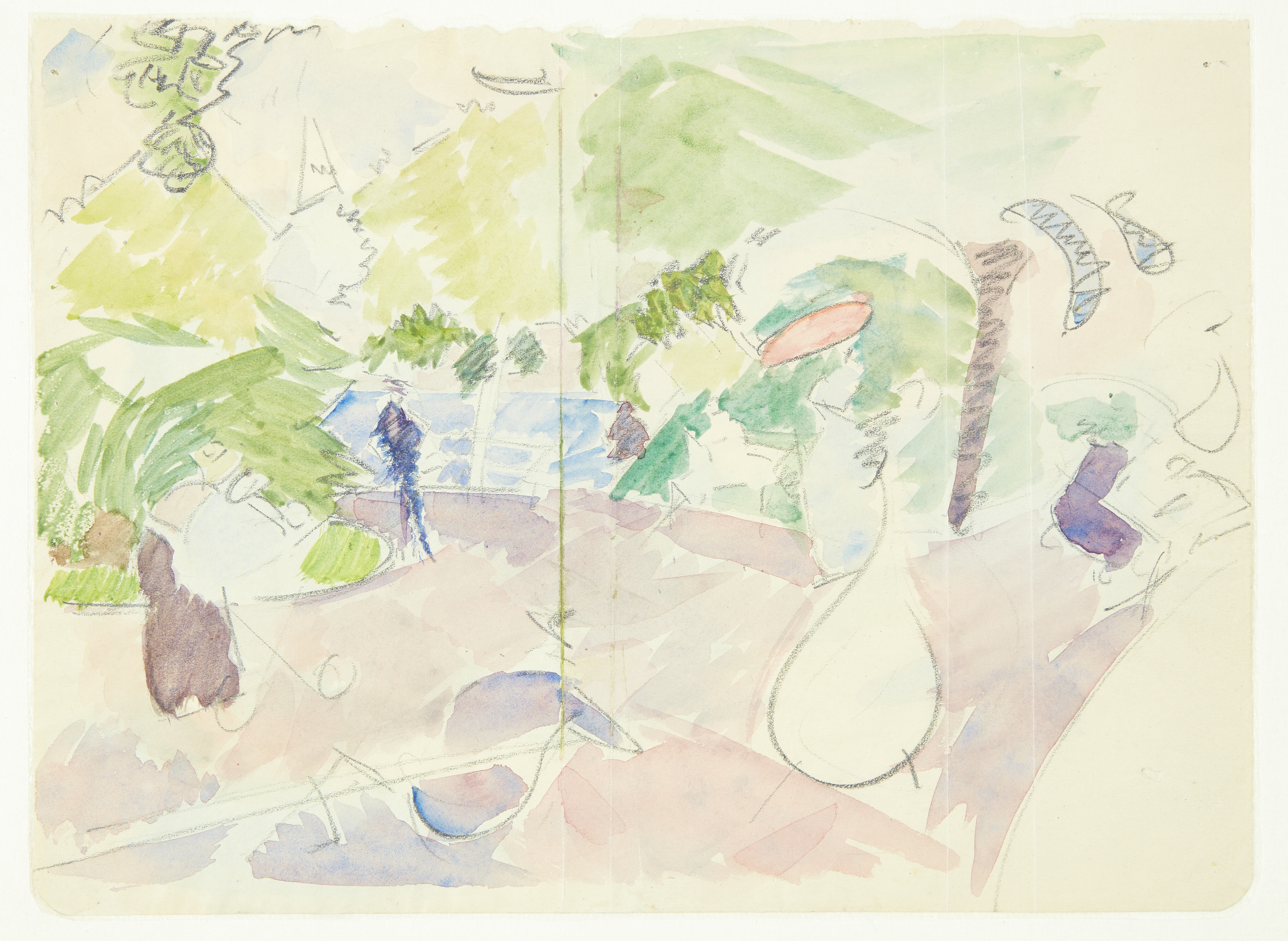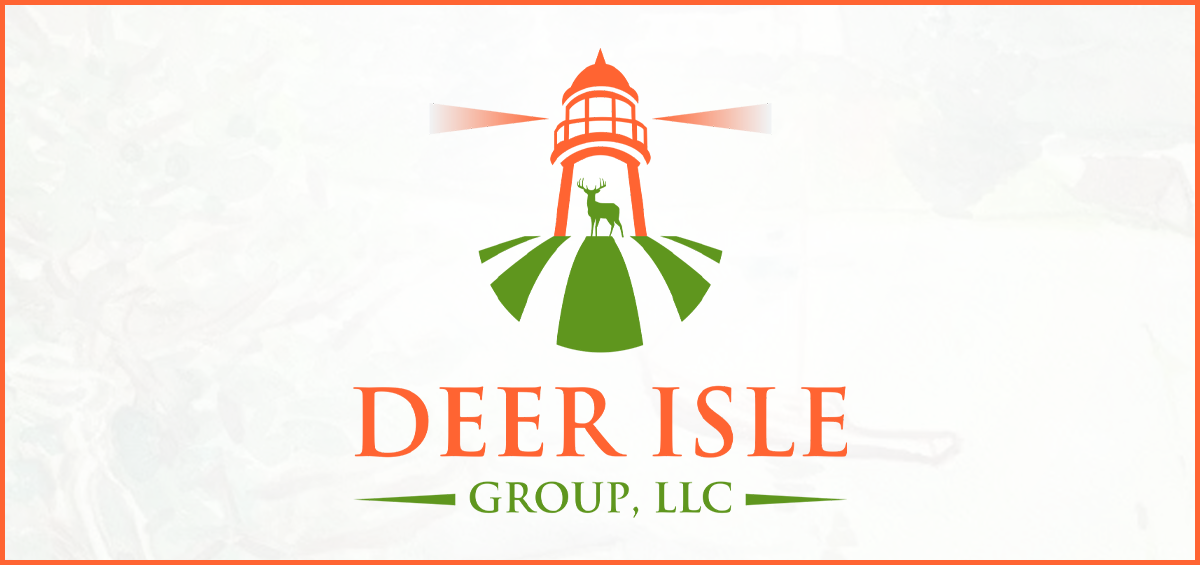2024: INNOVATION AND ADAPTATION in Alternative Investments

For capital markets participants navigating 2024, the landscape was marked by challenge and transformation. For those deeply entrenched in traditional alternative investments—with their reliance on conventional valuation benchmarks—this year presented significant headwinds. Yet, amidst the turbulence, innovation flourished. Structured transactions emerged as the bright spot, driving activity and unlocking liquidity in ways that set a new precedent for creative capital solutions.
The Struggles of Traditional Valuations
Traditional alternative investments—private equity, venture capital, and real estate—faced a reckoning in 2024. Rising interest rates, volatile public markets, and shifting investor sentiment exposed the vulnerabilities of rigid valuation methodologies. Deals slowed as buyers and sellers struggled to bridge valuation gaps, leading to prolonged negotiation cycles and stalled transactions. For managers and allocators focused on these strategies, it was a year to reset expectations and rethink approaches.
A Banner Year for Structured Transactions
In contrast, 2024 proved to be a breakout year for structured solutions that provided flexibility, creativity, and pathways around valuation challenges. These tools reflect a shift in the market’s mindset: flexibility, optionality, and precision have become paramount in an era where traditional benchmarks no longer provide clear answers.
The tools and strategies that defined the year included:
| Structuring Technique | Description |
| Evergreen Funds: | Often targeted towards high-net-worth individuals, an emerging participant in alternative investments, permanent capital structures allowed Capital Seekers to sidestep the pressures of fixed timelines and valuation inflection points, offering liquidity on more adaptable terms that satisfy the requirements of individual investors. |
| Structured Credit Vehicles: | Usually offering “rated feeders” into existing credit funds, these structures expand the investor universe to those Capital Providers who have traditionally not invested in unrated private credit by “tranching” credit risk and obtaining an investment grade rating on the senior part of the structure. The rated part of the structure attracts insurance companies since they obtain favorable capital requirements on investment grade rated securities. |
| Secondaries and Continuation Funds: | With exits proving elusive, continuation funds and secondary market solutions enabled liquidity events for LPs and sponsors alike. The rise of the secondary market means that management teams need to consider the aftermarket of private securities and put into place strategies to maintain secondary market valuations. We believe this can be accomplished by a practical investor relations strategy which we are happy to discuss. |
| Co-Investments: | Direct investments alongside fund managers remained a favored avenue for LPs and other direct Capital Providers to achieve transparency and favorable fee terms. |
| NAV Facilities: | Net Asset Value-based financing offered critical liquidity to funds and companies navigating valuation dislocations as well as those trying to offer liquidity to their investors. |
| Earnouts and Bridging Solutions: | Creative structuring, such as contingent payments and earnouts, helped align incentives and bridge valuation gaps between Capital Seeker and Capital Provider. |
The lessons of 2024 are clear: traditional valuation methodologies are no longer sufficient in a world where markets are increasingly complex and dynamic. For professional and institutional Capital Seekers and Capital Providers, the ability to adapt, innovate, and leverage structured solutions is no longer optional—it’s essential.
As we move into 2025, the momentum behind structured transactions and creative dealmaking is likely to continue, reshaping how capital is deployed, how risks are managed, and how opportunities are realized in the ever-evolving alternative investment landscape.



